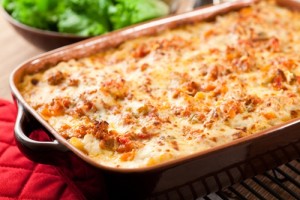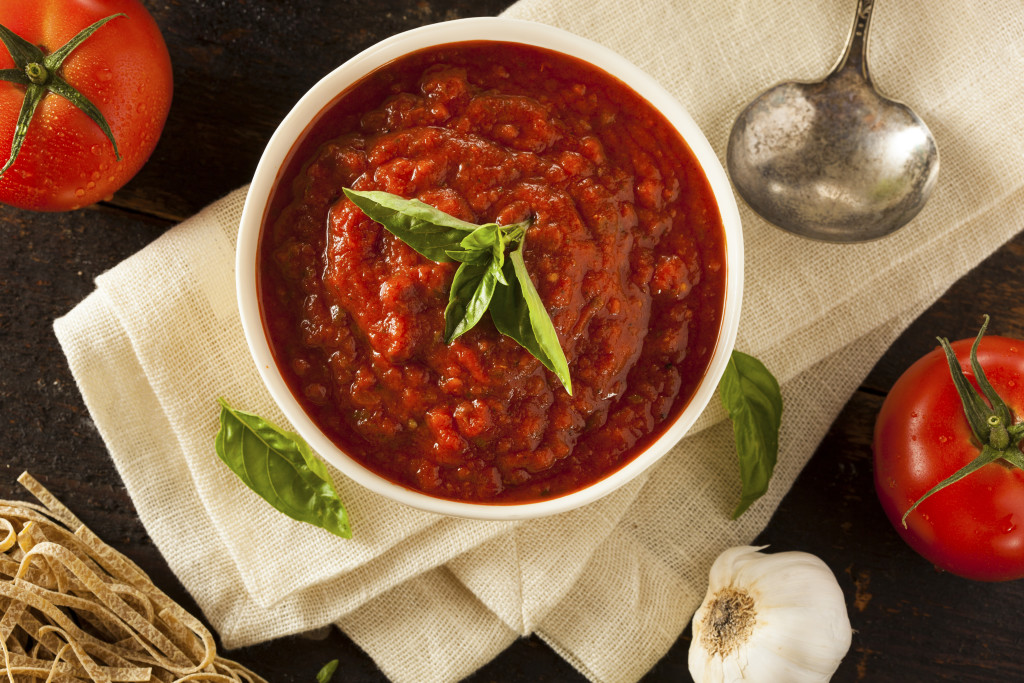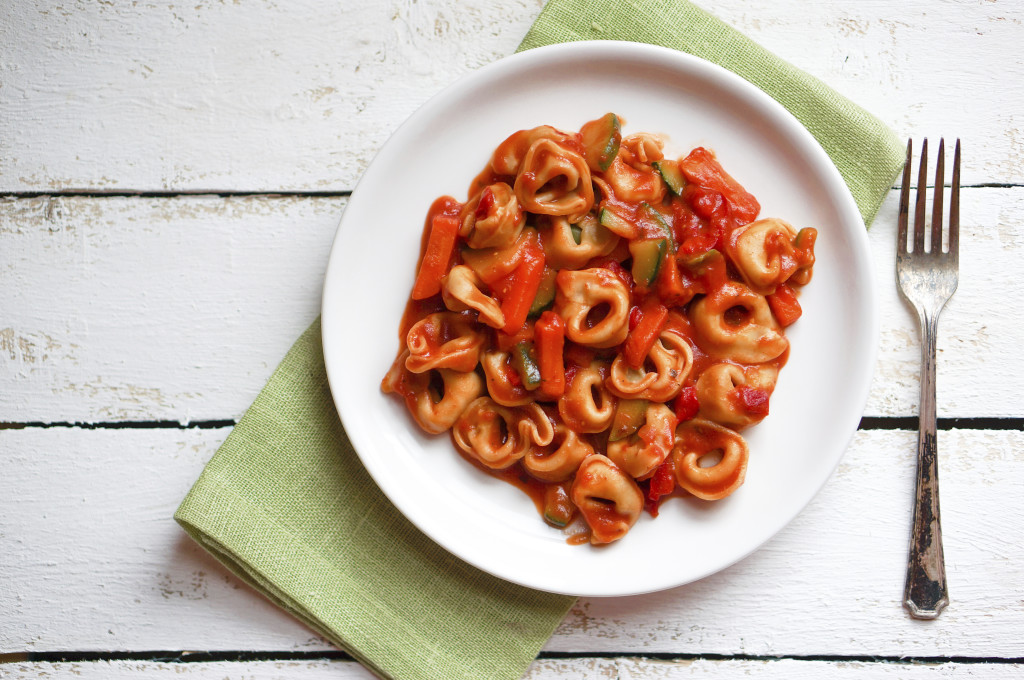5 Tips For Making Marinara

If you regularly smother spaghetti with a store-bought product you pour out of a jar, it’s time for you to learn to cook homemade pasta sauce. Making your own marinara might seem difficult. However, with a few simple cooking tips and tricks, you’ll be on your way to preparing a fresh, exceptionally tasty red sauce suitable for a wide array of family favorites like ravioli, lasagna and mostaccioli.
1. Choose canned tomatoes
While peeling fresh tomatoes may seem like the right way to go, it is an overly lengthy and labor-intensive process. Moreover, the produce only tastes especially good when fresh and in season, and you probably enjoy pasta dishes year-round. For these reasons, cooks are generally better off just preparing sauce with canned tomatoes and reserving the fresh ones for salads.
According to the Kitchn, it’s best to opt for a can of whole, peeled tomatoes. This variety undergoes less processing than others you may find, and it will break down to just the right consistency in 20 minutes or so – faster than diced tomatoes. When turned to sauce, the whole tomatoes will also retain greater body than pureed ones. Whatever you do, avoid pre-flavored cans; you will achieve far superior results by adding your own herbs and spices.

2. Don’t go too smooth
If you’ve been eating canned sauces for years, you might think that marinara is supposed to be extremely smooth. On the contrary, leaving a little texture makes for a more interesting sauce that adheres better to the pasta.
Consequently, Bon Appetit advised you to be cautious of blending tomatoes too finely. If possible, use an immersion blender instead of a countertop model or food processor, and always choose the pulse setting over puree. In fact, if you prefer a chunkier sauce you don’t need to use a blender at all. You can simply crush the tomatoes with your hands or a spatula or cut them into pieces with a kitchen shears.
3. Add other ingredients judiciously
Some marinara recipes call for mixing in several different vegetables for an intriguing combination of flavors and textures. Giada de Laurentiis, for instance, recommended including sauted onions, garlic, celery and carrots. However, you may also consider striving for a simpler taste that won’t risk interfering with the tomatoes’ sweetness.
You can accomplish this by restricting the added veggies. The New York Times suggested sticking to just sauted garlic and then bringing in some spice with a whole chili pepper or red pepper flakes, plus salt and oregano. If you want to include aromatics, try a bay leaf or sprig of basil, but remember to remove it before combining the sauce with the pasta.

4. Allow enough cooking time
Pasta sauce can be completed relatively quickly, but be careful not to rush. Some ingredients will benefit greatly from a little more cooking time. For example, giving onions 15 minutes to cook at a medium heat before adding tomatoes will ensure that the vegetables come out sufficiently soft and sweet.
Once you do place tomatoes in the pan, simmer for around 20 minutes. You are looking for the sauce to reduce somewhat in order to concentrate the flavor. Make sure you don’t overcook and allow too much liquid to evaporate.
5. Properly mix the pasta and sauce
You should heat both the marinara and the pasta it is meant to coat simultaneously and in separate pans. Always aim for al dente with your noodles, meaning they are cooked through but not to the point of mushiness. When the pasta is just reaching this point, either remove it from the pot with tongs or drain it with a strainer.
Serious Eats cautioned, however, that you should preserve some of the pasta water. Adding that starchy liquid to the marinara will result in an ideal consistency and make the sauce stick better to the pasta. Aim for about 2 tablespoons of pasta water per serving and adjust as necessary. Then simmer the coated noodles in the sauce to finish off the dish.
By following these tips, you can finally stop spending money on inferior sauces in jars. With just a few simple ingredients a little preparation time, you’ll have a great marinara sauce, flavored with your preferred combination of vegetables, spices and herbs.
Online Culinary School Planner & Checklist
Online Culinary School Planner & Checklist
Find out what a culinary education can do for you.

What might a career in the culinary or pastry arts look like for you? Online culinary school is a fast, affordable way to launch a career in the culinary or pastry arts. Get the workbook to see how it could help you.







Recent Comments